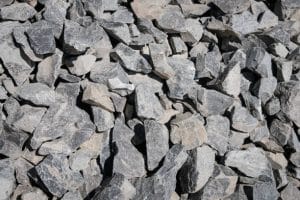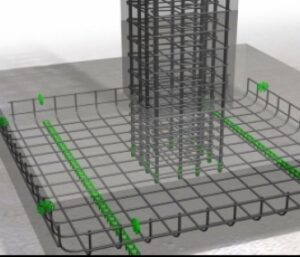What Are Floating, Hanging, Planted, Stub Columns In Civil Engineering Constructions? | Definition & Usage
You are definitely not new to columns if you work in the construction sector.
A column is a vertical load bearing member that transfers structural loads to the foundation. Usually, loads are transfered to slabs which then transfer them to beams. Beams transfer the loads to columns which finally transfer them to the foundation.
There are various types of columns. The classification of columns could be done based on various factors such as geometry, material, etc.
What are floating, hanging, planted or stub columns, and why are they used in construction?
The above terms mean the same thing. A floating, hanging, planted or stub column is a column type which transfers its loads to a beam or slab instead of the foundation.
Simply put, these columns rest on beams or slabs. The beams then transfer the load to other beams which transfer them to structural columns then to the foundation.
These column type is used mainly in high rise buildings. They help to fulfill architectural and aesthetics requirements of building designs and constructions. They further provide support to upper stories, and help to transfer their loads to lower beams which subsequently distribute them to the foundation through foundation-originating columns.
Don’t forget to share this post which your friends and loved ones. Sharing is caring.

.jpeg)

